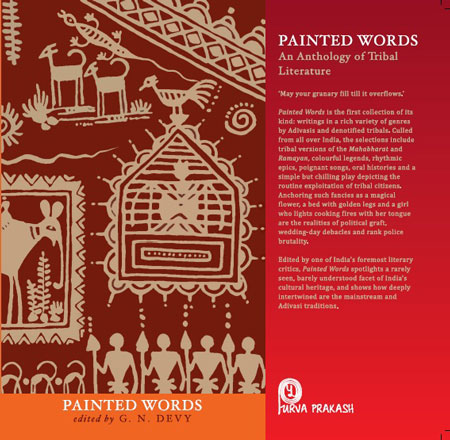Adivasis in Colonial India – Survival, Resistance and Negotiation by Biswamoy Pati (Orient BlackSwan, 2011)
How do we define ‘adivasis’? A post-modernist approach will situate them as ‘colonial constructs’. However, as this book goes to show, tribals were not just a colonial creation. They were a part of south Asian reality at the time of India’s colonization.
Their world was not a monolithic one but the order of stratification was significantly reinforced with the advent of colonialism and its diverse interventions, in terms of the complexities arising out of land settlements and the commercialization of agriculture.
Bringing together contributions from historians, sociologists, social anthropologists and younger scholars, this volume provides a holistic view of the world of adivasis under the British in the nineteenth and twentieth centuries. It unravels the ways in which the adivasi society negotiated with itself and interacted with the shifts and changes that were taking place during this period. […]
It contributes to the understanding of the encroaching colonial ideals and intentions in the name of development and civilization, that continue to impact their lives even today.
Source: Adivasis in Colonial India – Survival, Resistance and Negotiation by Biswamoy Pati
Address : http://www.indiaclub.com/shop/SearchResults.asp?prodstock=31548
Date Visited: Sun May 26 2013 23:44:26 GMT+0200 (CEST)
Tips for using interactive maps
Toggle to normal view (from reader view) should the interactive map not be displayed by your tablet, smartphone or pc browser
For details and hyperlinks click on the rectangular button (left on the map’s header)
Scroll and click on one of the markers for information of special interest
Explore India’s tribal cultural heritage with the help of another interactive map >>
See also
Adverse inclusion | Casteism | Rural poverty
Demographic Status of Scheduled Tribe Population of India (Census figures 2011)
Fact checking | Figures, census and other statistics
Human Rights Commission (posts) | www.nhrc.nic.in (Government of India)
Search tips | Names of tribal communities, regions and states of India
“What is the Forest Rights Act about?” – Campaign for Survival and Dignity
“Who are Scheduled Tribes?” – Government of India (National Commission for Scheduled Tribes, NCST)

Tribal Literature by G.N. Devy >>
Free eBooks & Magazine: Adivasi literature and languages >>
“India, a union of states, is a Sovereign, Secular, Democratic Republic with a Parliamentary system of Government. The President is the constitutional head of Executive of the Union. In the states, the Governor, as the representative of the President, is the head of Executive. The system of government in states closely resembles that of the Union. There are 28 states and 8 Union territories in the country. Union Territories are administered by the President through an Administrator appointed by him/her. From the largest to the smallest, each State/UT of India has a unique demography, history and culture, dress, festivals, language etc. This section introduces you to the various States/UTs in the Country and urges you to explore their magnificent uniqueness…” – KnowIndia (Government), States and Union Territories (Visited: 2 September 2023)
Learn more about India’s 28 States and 8 Union Territories – From Andhra Pradesh to West Bengal | Nutrition >>